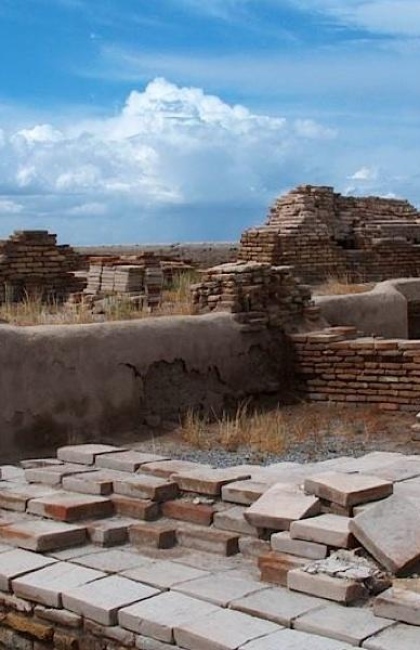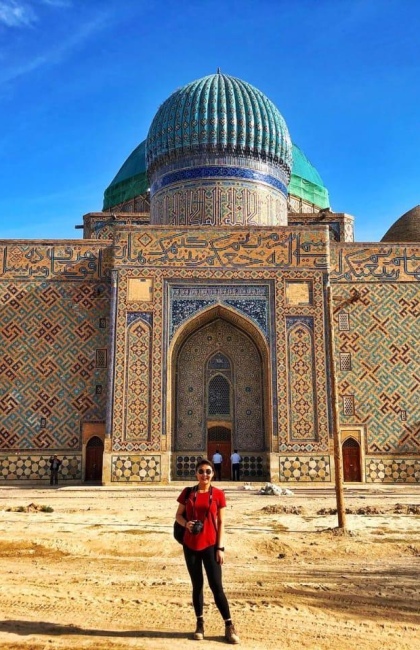Petroglyphs of the Karasai Gorge
In the Zhambyl region of Kazakhstan, within the Chu-Ili Mountains, there are ancient petroglyphs from the Bronze Age, the Early Iron Age, and the Middle Ages. Carved onto the rocky canvas are depictions of birds, camels, argali, deer, mountain goats, tigers, lions, roe deer, bulls, and human figures. The petroglyphs exhibit a diverse range of artistic techniques, with some employing the pecking method and others using the scratching technique.
These remarkable drawings serve as a portal to the past, revealing the fauna that lived in these areas hundreds of thousands of years ago. While some depicted creatures have long vanished from the region, others persist to this day. The "pages of the stone book" not only showcase the diversity of wildlife but also narrate scenes of hunting, the taming and domestication of wild animals, and a myriad of other cultural practices.
Millions of years ago, rock painting represented the sole means to immortalize the culture, customs, and worldview for future generations. Scholars propose that the locations housing these petroglyphs were once deemed sacred, serving as sites for various rituals and sacrifices. Among these sacred places, the Karasai Gorge stands out, carrying the echoes of ancient practices that have shaped the cultural tapestry of the region.
How to get there?
The Karasai Gorge is located to the east of Taraz. To reach the petroglyphs, follow the Zhibek Zholy St. to the village of Akbulym. Then turn right onto the Sarybulak St. and go straight. At some point, the paved road will transition into a field road. Continue eastward until you see a left turn leading upward into the mountains. In total, you can get there from Taraz in 30-40 minutes.
Other tourist attractions near the petroglyph site:
- The City of Taraz
- Talas River
- Lesty Peak
- Tekturmas Ethno-Historical Complex
- Tekturmas Mausoleum
- Uzynbulak Gorge
- Sulutas Rock

_420x650_4ab.jpg)

